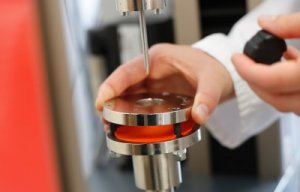
Hohenstein certification complies with new PPE regulation
Freudenberg Interlining has become the first company in Germany to gain certification for the biological degradability of a textile product.
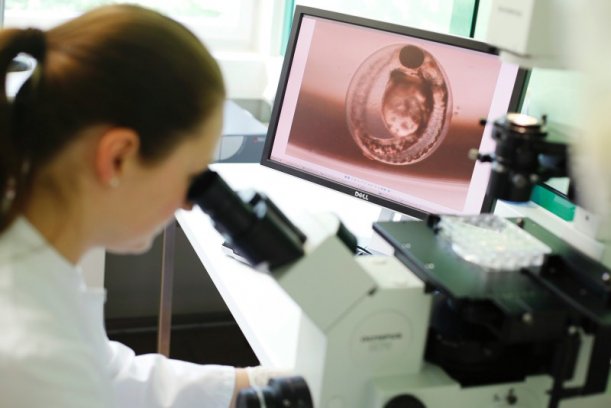
25th February 2015
Innovation in Textiles
|
Boennigheim
Biodegradability is the word of the moment, for both consumers and industry: it describes the decomposition of organic materials under the effect of water, air and microorganisms in the soil, the Hohenstein Institute reports.
The Hohenstein Institute has developed a method that can be used to determine or confirm the biological degradability of textiles. This means that a certificate of Biological Degradability and a Biodegradable quality label can now be awarded. A product is endorsed after a sample has decomposed and its ecotoxicological safety has been confirmed.
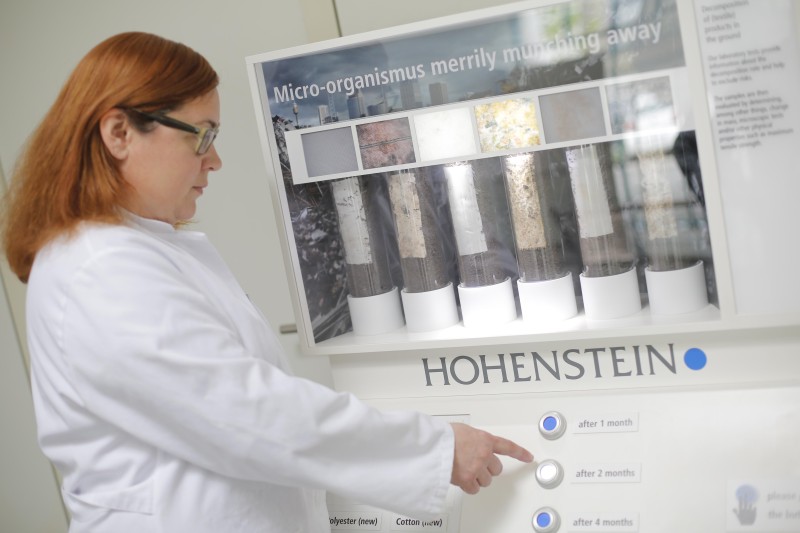
Freudenberg Interlining has become the first company in Germany to gain certification for the biological degradability of a textile product, with its polyester lining to be made from 100% biodegradable fibres.
What determines the rate of degradation – in the same ambient conditions – is the composition of the materials used. This determines how long the process of rotting down takes and whether any substances are released during the decomposition that are hazardous for plants or animals.
The Hohenstein Institute's test system assesses the degradation of organic substances by microorganisms, water and oxygen in realistic conditions in the soil. It is based on standardised soil burial tests according to international norms.
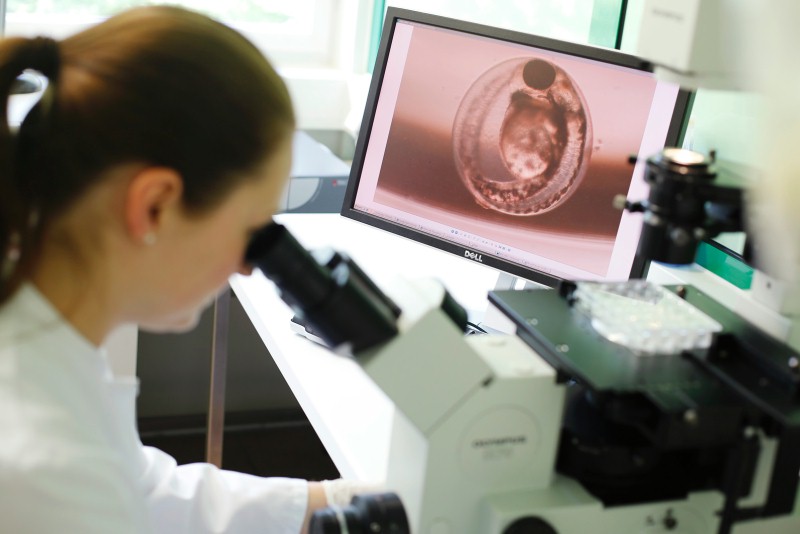
“As part of the sustainability profile of a product, manufacturers should not only know about the manufacturing process - they also need to know which components of the product remain in the environment after it has reached the end of its useful life. It's the environmental impact that we are interested in,” commented Prof Dr Dirk Höfer of the Hohenstein Institute.
The test procedure for certification is suitable for many textile products and components, including fibres and yarns, clothing, soft furnishings, geo- or functional textiles and nonwovens, the Institute reports.
Any manufacturers who are interested can have the environmental safety of their products independently assessed, as did Freudenberg Interlining SE & Co. KG in Weinheim.
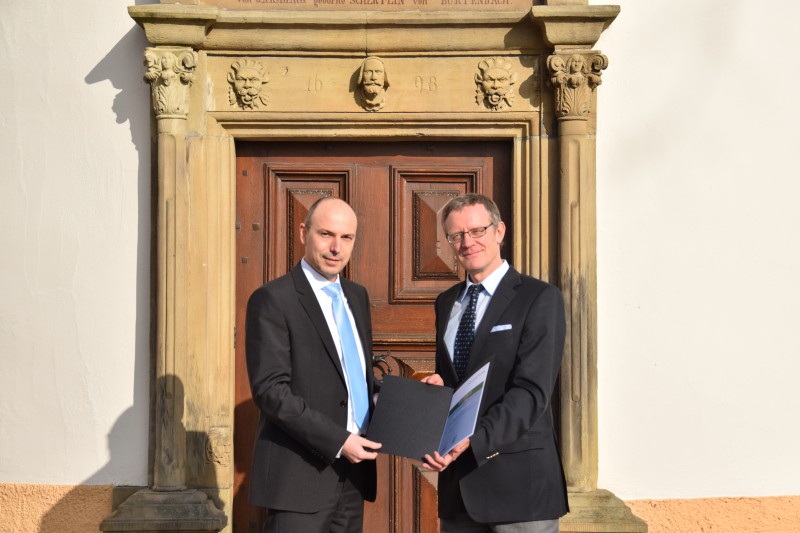
The company developed a nonwoven textile made of special polyester fibres, which can be used as a lining to strengthen items of clothing or parts of garments. The PES nonwoven that has been certified as biodegradable is best used with light outer materials, for example, for ladies’ clothing, and is an entirely new product on the market, according to the company.
The test uses standardised soil in which there is microbiological activity, so that it realistically analyses the way materials rot in the ground.
The samples are assessed by defining the percentage of degradation by mass and the physical properties of the material, and carrying out other microscopic and ecotoxicological tests, such as agronomic soil analysis and tests using water fleas and luminescent bacteria. Standardised soil is mixed with microorganisms in a glass container and kept moist for a specified period at a constant temperature.
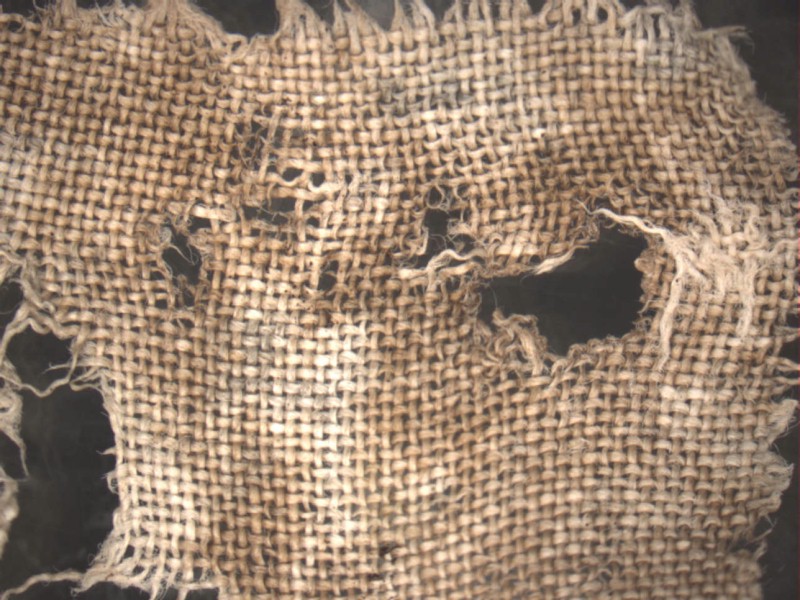
“The ultimate goal of the investigation is not, as with traditional analytical procedures, primarily to verify the presence of specific substances but instead we are looking at the overall effect of the products of biodegradation on biological systems,” said Prof Höfer.

Business intelligence for the fibre, textiles and apparel industries: technologies, innovations, markets, investments, trade policy, sourcing, strategy...
Find out more